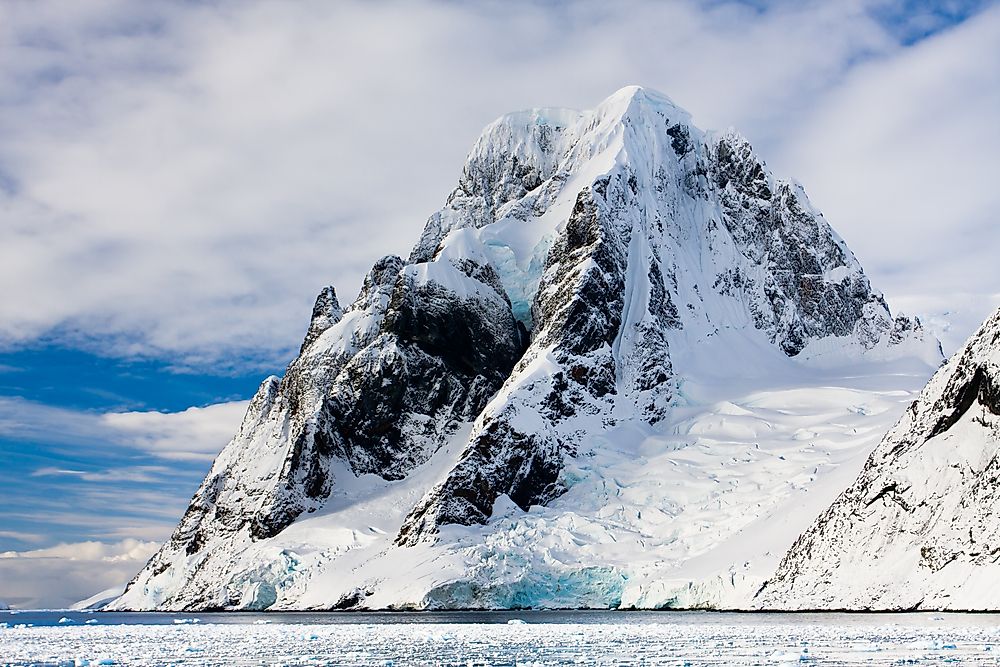Why Is Snow White?

Pure liquid water is clear. Ice crystals are clear too. Snow, which is formed from tiny ice crystal stuck together, has a distinctive white color. Understanding the properties of light and how light interacts with different objects helps us understand where snow obtains its distinctive color.
The Color Theory
Visible light from the sun or any other source comprises a variety of wavelengths that the human eye interprets as color. As assigned by Isaac Newton, they are the red, orange, yellow, green, blue, indigo and violet (ROY G BIV). When light hits an object, the different wavelengths can be absorbed, reflected back, transmitted through the object or scattered to the sides. The color of an object is simply a combination of the frequencies of light which it reflects. For instance, blue objects are perceived by the eye as blue because they absorb all other wavelengths of the spectrum incident white light except for blue. All frequencies combined together form the white color. An object appears white when it reflects all the wavelengths of the incident light.
Depending on the interaction of an object with light, objects can be classified as transparent, translucent and opaque. Transparent object allows the light to pass through them. Translucent objects will partially reflect light and partially let light through them. Opaque objects absorb light incident on them.
Light and Snow
Snow is made of tiny ice crystals. Light makes it possible for the human eye to see snow. Snow is highly reflective. When light hits snow, each ice crystal becomes a mirror reflecting light off its surface. All the different wavelengths hitting snow are scattered back in equal measure causing the eye to perceive snow as white. The highly reflective property of snow explains why there is an increase in brightness on a night when the ground is covered in snow.
Additionally, ice is translucent as opposed to transparent as many would think. This fact means the light that is transmitted through the ice crystals in snow does not travel in a straight line but keeps changing directions as it’s transmitted through the different crystals. The ice crystals of snow bounce light all over making it to eventually come out the snow pile in every direction. The light that entered the snow leaves the snow in a totally different direction than it entered. All the wavelengths of the visible white light incident to the snow are transmitted and bounce back out of the snow in equal measure, making the eye to perceive snow as white.
Depending on how light hits snow; it could also look bluish or purplish. This fact explains why glaciers appear blue. Incident visible light can penetrate much deeper into ice. As the light penetrates deeper, the longer wavelengths of the spectrum, which is toward the red end, are scattered and eventually dissipated leaving the blue end of the spectrum colors reflected. This causes the ice to appear bluish or purplish.











